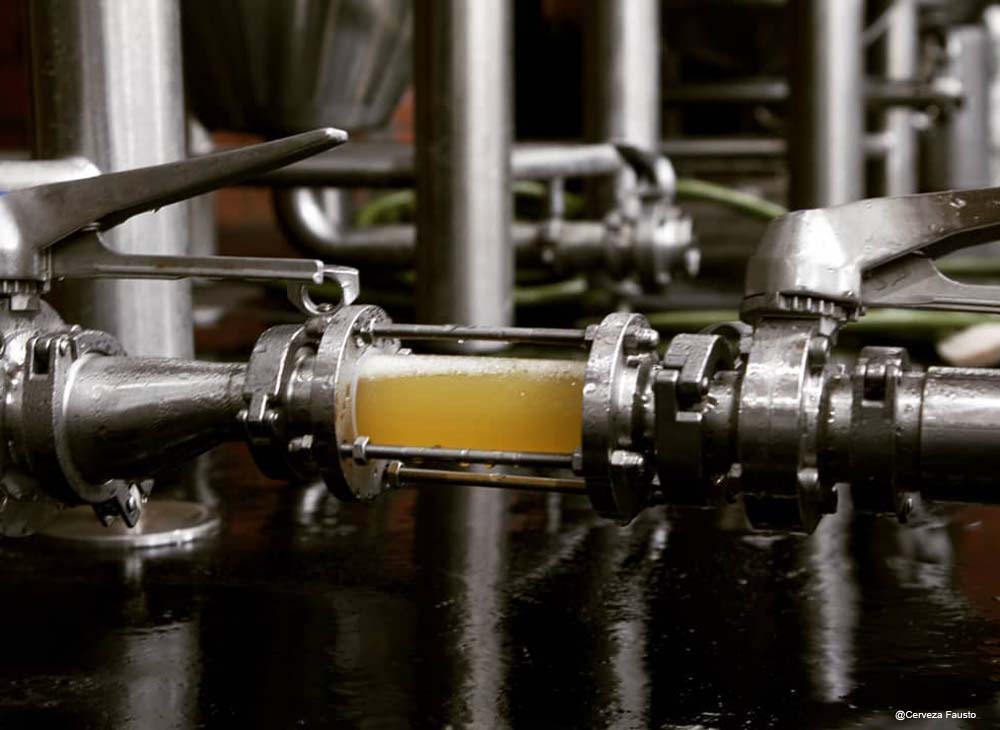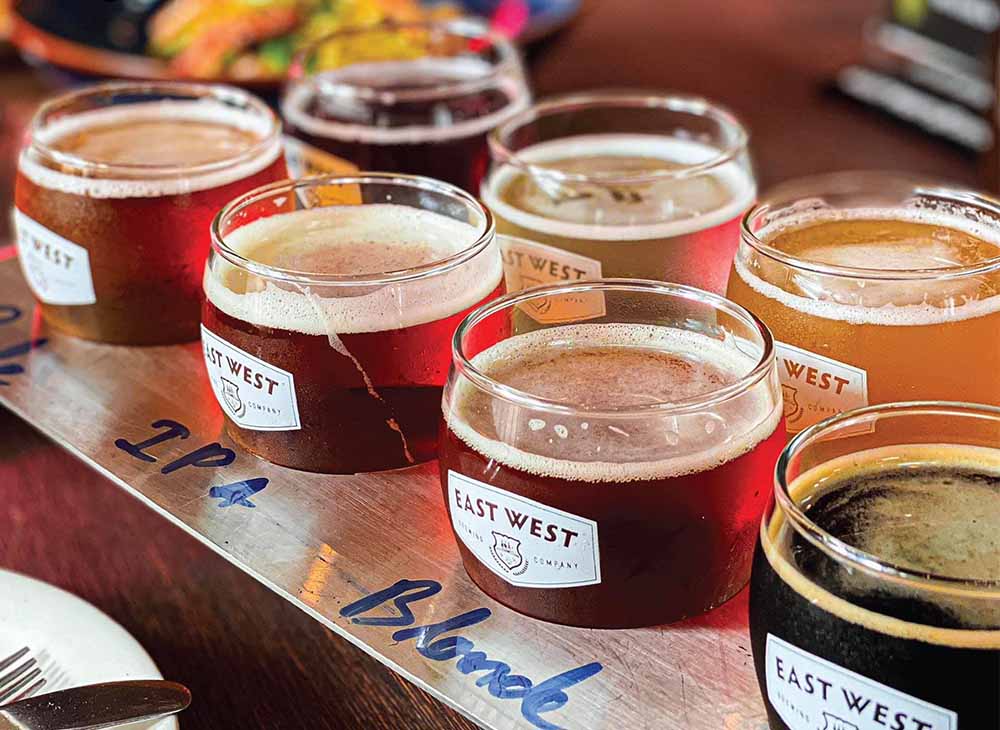Craft Beer vs. Regular Beer
- Aug 20, 2021
- 82
- tiantai
Do you like craft beer or regular beer? Imagine for a moment that you are in the store, staring at an aisle of brews. If you are someone who doesn’t know much about beer or craft beer made from brewery equipment, all those fancy labels probably look like gibberish. You can’t tell the difference between a favorite local craft beer vs regular beer that is mass produced. Don’t worry. We’ve all been there.
That’s why we are going to demystify the differences between craft beer and regular beer.
What is Regular Beer?
We can’t define craft beer without first talking about regular beer, because the term is pretty vague. Most people who hear “regular beer” probably think about some common watery brews, like Coors or Millers. Some people might refine that further and say that regular beer is any cheap American beer—Busch, Budweiser, Narragansett, and so on—but every country has beer that is mass produced. Take Corona and Heineken, for example.
Regular beers are bottled en masse at large corporate (macro) breweries. The concern is getting beer out to the world as fast as possible, not on the quality. Macrobreweries are less likely to choose premium ingredients, substituting instead with substandard grains, hops, and malts.
So, let’s make this simple: regular beer is any beer that is pale and watery. Regular beer can be enjoyed in copious amounts, since the alcohol by volume (ABV) is low.

What is Craft Beer?
Now, in order for any brew to be officially called a “craft beer,” it must use traditional ingredients. That means grains, malt, hops, water, and yeast. Yes, other ingredients can be incorporated into the brew, but it must be for flavor. As soon as a brewery adds something to cut the cost of production, it can no longer be called a craft beer.
Another requisite is that a craft brewery has a 6 million barrel limit per year. Do keep in mind that not all craft breweries are considered microbreweries. Macro and micro is based on how much beer is produced.
But that doesn’t really answer the question, does it? We know that craft beer is often promoted as “special,” yet if it’s only using traditional recipes, isn’t craft beer just beer?
Why yes, it is. Back when humans first started brewing beer, everything was craft beer. Meaning it was produced in small quantities and used a strict recipe.
In short, the difference in origin between craft beer vs regular beer is that the latter is mass-produced and purposely watered down to make brewing cheaper, while craft beer focuses on the richness of flavor and overall quality, regardless of production costs.
Derrick
Sales Manager
[email protected]
Tiantai Beer Equipment
That’s why we are going to demystify the differences between craft beer and regular beer.
What is Regular Beer?
We can’t define craft beer without first talking about regular beer, because the term is pretty vague. Most people who hear “regular beer” probably think about some common watery brews, like Coors or Millers. Some people might refine that further and say that regular beer is any cheap American beer—Busch, Budweiser, Narragansett, and so on—but every country has beer that is mass produced. Take Corona and Heineken, for example.
Regular beers are bottled en masse at large corporate (macro) breweries. The concern is getting beer out to the world as fast as possible, not on the quality. Macrobreweries are less likely to choose premium ingredients, substituting instead with substandard grains, hops, and malts.
So, let’s make this simple: regular beer is any beer that is pale and watery. Regular beer can be enjoyed in copious amounts, since the alcohol by volume (ABV) is low.

What is Craft Beer?
Now, in order for any brew to be officially called a “craft beer,” it must use traditional ingredients. That means grains, malt, hops, water, and yeast. Yes, other ingredients can be incorporated into the brew, but it must be for flavor. As soon as a brewery adds something to cut the cost of production, it can no longer be called a craft beer.
Another requisite is that a craft brewery has a 6 million barrel limit per year. Do keep in mind that not all craft breweries are considered microbreweries. Macro and micro is based on how much beer is produced.
But that doesn’t really answer the question, does it? We know that craft beer is often promoted as “special,” yet if it’s only using traditional recipes, isn’t craft beer just beer?
Why yes, it is. Back when humans first started brewing beer, everything was craft beer. Meaning it was produced in small quantities and used a strict recipe.
In short, the difference in origin between craft beer vs regular beer is that the latter is mass-produced and purposely watered down to make brewing cheaper, while craft beer focuses on the richness of flavor and overall quality, regardless of production costs.
Derrick
Sales Manager
[email protected]
Tiantai Beer Equipment



.jpg)
